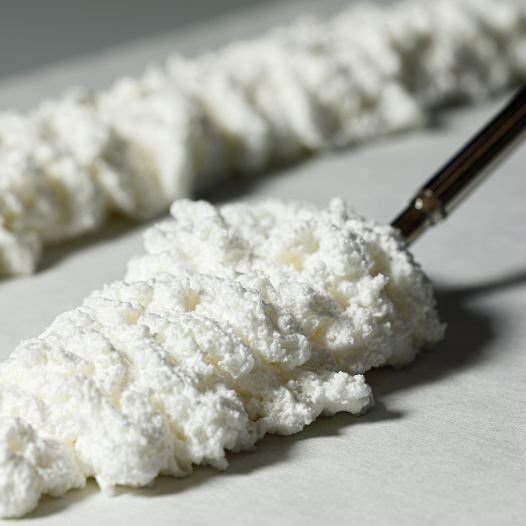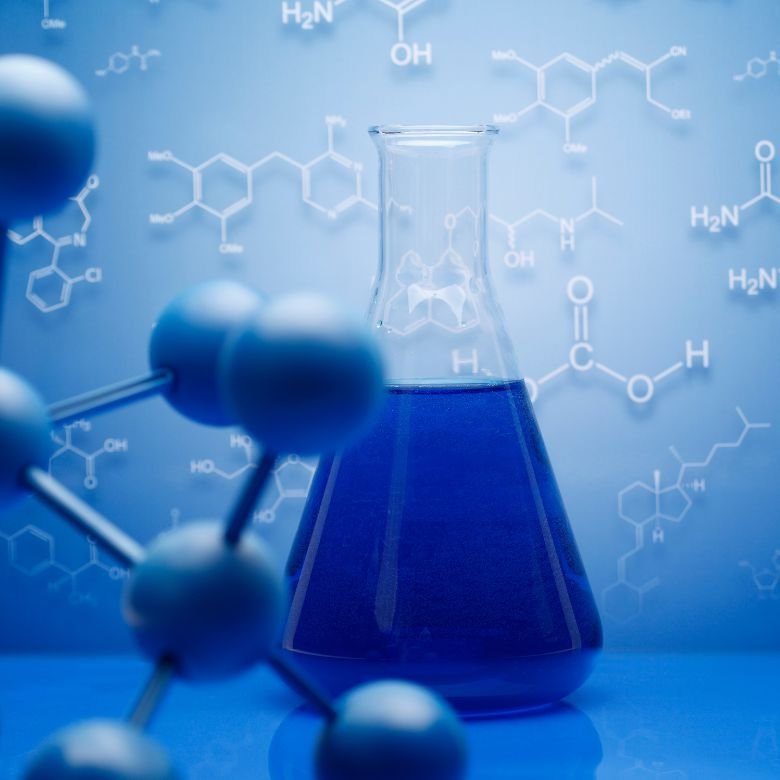Polymer materials have been used in construction as structural and insulating elements for over 40 years. The key role here is played by the one-component polyurethane foam (OCF), which is commonly referred to as assembly foam. The name “one-component foam” derives from the production technology. Polyurethanes (so also the OCF) are chemically cured polymers which each time require mixing two interacting components A and B to obtain the target material. A single container with an OCF includes a product being ready for use. It is something that makes OCFs stand out from other (two-component) polyurethane foams. Since a one-component foam is packed into a pressurized metal can (which usually weighs up to 1 kg), it can be quickly and easily applied with the use of a special gun or a plastic hose. Once released from the can, OCFs (also called 1K foams) are cured by the moisture contained in the air.

Work on assembly foams requires general training in their use due to the risk of igniting the foam, which contains flammable gases. Any incautious transport or storage of the cans may cause them to break or explode. While working on an OCF, we must exercise particular caution and use personal protective clothing, especially protective gloves and goggles. During application, we must also remember about adequate ventilation in the room.
Properly selected polyols and other components of the formulation will give us not only a foam with the desired properties but will also enable problem-free application even 18 months after the foam was produced. The final polymerisation (curing) occurs only once the foam is released from the container. It is induced by moisture contained in the air and substrate, which reacts with the prepolymer and the excess isocyanate contained in the mixture. The foam normally stops bonding in only 4–5 minutes (forming a skin), and after 30 minutes it is suitable for processing (e.g., cutting). The foam is fully cured after 24 hours.
In the case of the special 1.5K foams, the can additionally accommodates a small container with a curing agent, which makes the foam cure even faster and independently of air humidity. The curing agent is released with a special knob, and then the whole formulation is mixed by shaking. A flaw of this solution is that we cannot interrupt our work. The foam should be released in 6 minutes from the moment it was mixed with the curing agent. After that time, the foam will cure inside the container, which may cause the container to burst.




